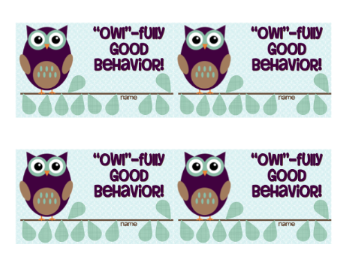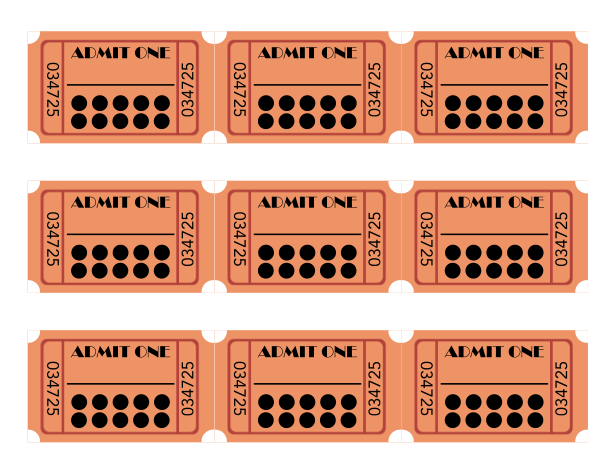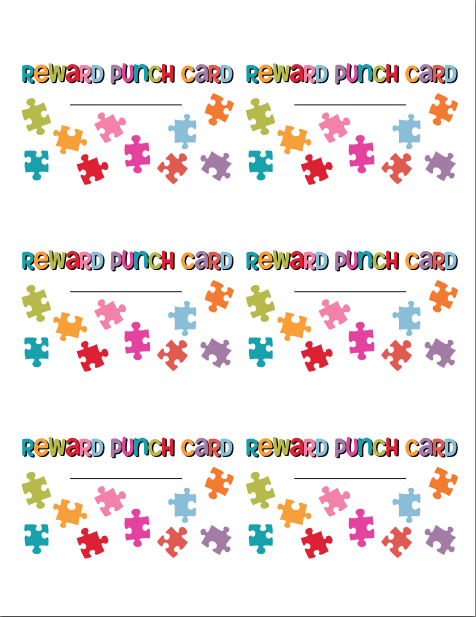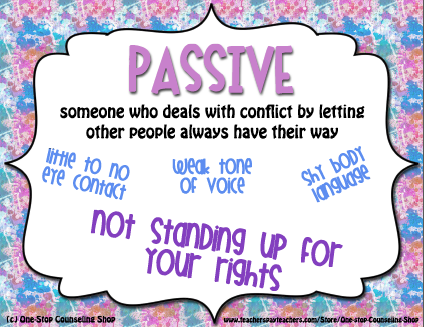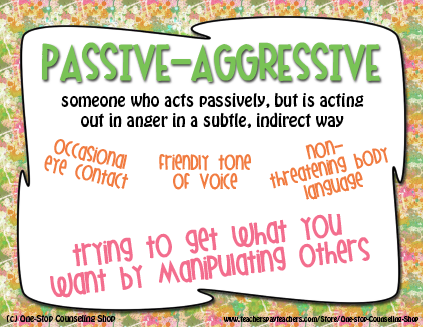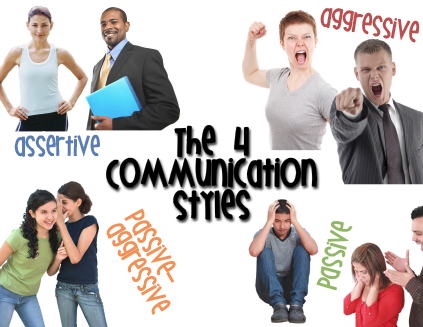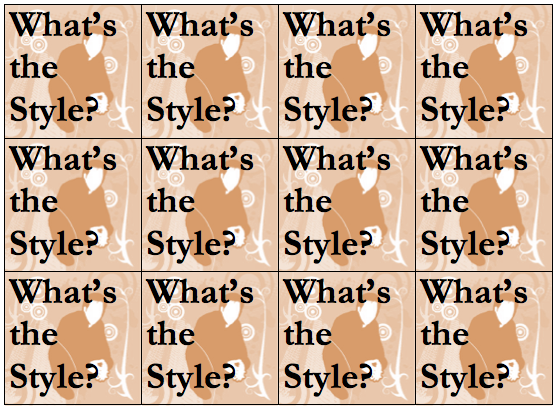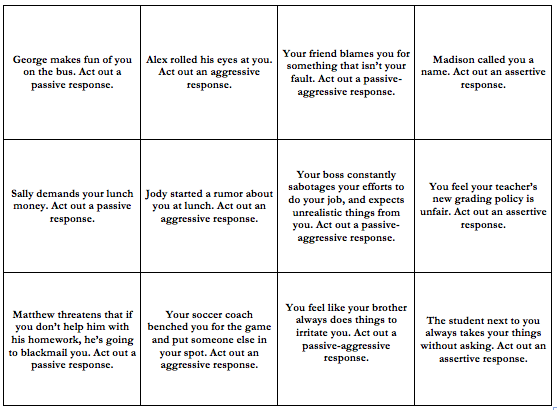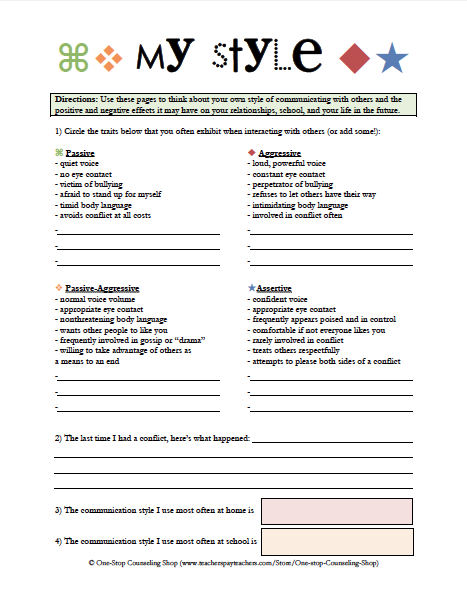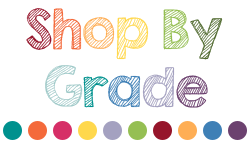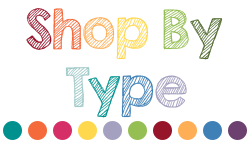

Ok…so the title of this post is probably misleading…but please don’t throw anything. Hear me out!
Really, I should call it “Why A Little Part of me Wants to Die Every Time I See One of Those Colored Behavior Clip Charts.” When I was finding additional material for this blog post, I came across an amazing one that said 90% of what I wanted to say, so I’ll start with part of it. The entry is from Amy of Miss Night’s Marbles. I changed a few details, but she tells it so well so there’s really no other reason to re-invent the wheel.
Imagine that you have a new job. You’re VERY excited about this new job, and a little bit nervous. You know there are parts of it that you will be very good at, but there are some things that you are still working on, or that you might need support from your boss to master. It’s okay, though, because you’re pretty sure that your boss is really nice, and will help you work on those things.
You arrive at work and start meeting your new co-workers, who are just as excited and nervous as you. You notice that some of them seem to be VERY good at nearly everything, and others seem to struggle with even more things than you, but altogether they are a nice enough group and you feel like you will be a good team. You start to make some work friends. It feels good.

Then, at some point – maybe right away, maybe after a few days or weeks or months, your boss sits you ALL down together and explains a new performance management system. On the wall of your communal work area, Boss has posted a list of all the employees, by name. Next to each name is a rainbow of color-coded cards. Boss explains that every employee will start each day on the same color, but depending on your performance, your name can be moved up the rainbow, or down the rainbow. People who move up the rainbow will get special extras: a small bonus, or an extra long lunch, or a half-day off. People who move down the rainbow will face consequences: a shorter break, a docked paycheck, a note in their file.
The next day starts out badly before you even get to work. There’s no hot water left for your shower, you’re out of coffee, your cat has peed on your favorite shoes, your car isn’t starting AND it’s raining. You get to work about 5 minutes late and within an hour, your name has been moved down to yellow. You get a warning from your boss. Then, your favorite work friend doesn’t want to work next to you because you just got in trouble and she doesn’t want to get in trouble by association. Your hurt feelings make you distracted, and you make a few careless errors in your tasks. Your name gets moved to orange and now you only get 20 minutes for lunch, which is really upsetting because the sun is finally shining and you had been confident that a nice walk in the fresh air with your buddies would help turn your day around.
 The end of the day approaches. A few of your colleagues get to leave 30 minutes early because their names got moved “up” to blue. This leaves you with extra work that has to be done before you can leave. Among these colleagues, one of them had his name moved up to purple, so he is buying a round of drinks for everyone… Everyone who can leave early, that is. It’s always the same people who can leave early, and really, they’ve become quite clique-y. You convince yourself you wouldn’t really WANT to have drinks with them,
The end of the day approaches. A few of your colleagues get to leave 30 minutes early because their names got moved “up” to blue. This leaves you with extra work that has to be done before you can leave. Among these colleagues, one of them had his name moved up to purple, so he is buying a round of drinks for everyone… Everyone who can leave early, that is. It’s always the same people who can leave early, and really, they’ve become quite clique-y. You convince yourself you wouldn’t really WANT to have drinks with them,
anyway. You really fit in better with the red and orange card crowd.On your abbreviated lunch break, you try to get online to order some new shoes. Impatient and frustrated, you curse under your breath when the site won’t load properly. In front of everyone, your boss moves your name to red. There goes 50 bucks off your pay. Apparently you won’t be buying new shoes, after all. You approach your boss privately, trying to explain and apologize. Boss tells you, kindly-but-firmly, that “No cussing” is an ironclad rule, and that because other employees heard you cuss, she has to give you the same consequence she would give anyone else. Later, you take a bit too long in the bathroom, and your name gets moved off the rainbow altogether. A note is placed in your file, documenting a reprimand for inappropriate language in the
workplace.
UGH…right? I mean, if it were me, I’d probably put my big girl pants on, pack up my bags, and find another job. Really, ANYWHERE would be better than this. Unfortunately, our kids don’t have this luxury. They’re trapped. Whether we maintain their dignity and privacy or announce to the whole class when they’re not living up to our expectations for them, they’re required by you, the truancy officer, or their parent to be there the next day…and for the next 180 or so of them.
Sure, I’ve seen teachers “adjust” these systems to use numbers instead of names, hiding the clothespins on chalk ledges so they don’t face the class, etc, but let’s be honest, all kids know who the “purple and blue” kids are and who the “red and orange” kids are.
So why on this earth have we decided that it’s ok to do this to kids? Nearly all research point to public discipline as ineffective or counterproductive. Because it’s easy – that’s why. Unfortunately, we’re not in this business to make things easier for us. We’re in it to do what’s best for kids. We owe it to them to find another way to balance order and dignity.

Amy ends her post with these absolutely perfect words:
“There are many many reasons not to use publicly-displayed, one-size-fits-all behavior “systems” in a classroom: they undermine a sense of community; they prevent kids from generalizing good behaviors; but this is the biggest one, to me:
A child’s dignity, privacy, self-respect are no less real or important or valid, than mine. When I undermine a children’s privacy and dignity, I do damage to their relationships: with their peers, with me, and with themselves.
Yes, behavior charts can create a classroom full of raised hands, quiet voices, walking feet, please-and-thank-yous.
But a child’s dignity is too high a price to pay for criss-cross-applesauce.”
Here’s a few other blog posts others have written regarding the downsides to public behavior clip charts as well as what they use instead:
– Teaching in Progress
– A Teeny Tiny Teacher
– Teaching Ace
Update: Head over here for follow ups on behavior strategies that WORK to encourage intrinsic motivation and community while maintaining dignity!






